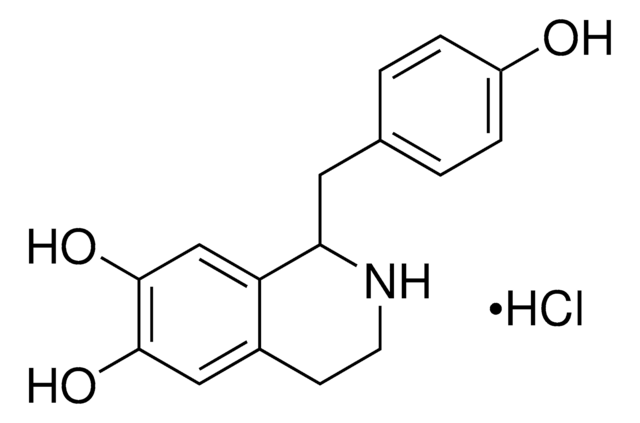V900122
Glicerol
Vetec™, reagent grade, 99%
Sinónimos:
1,2,3-Propanotriol, Glicerina
About This Item
Productos recomendados
grado
reagent grade
densidad de vapor
3.1 (vs air)
presión de vapor
<1 mmHg ( 20 °C)
Línea del producto
Vetec™
Ensayo
99%
Formulario
viscous liquid
temp. de autoignición
698 °F
lim. expl.
2.6-11.3 % (lit.)
técnicas
electrophoresis: suitable
impurezas
≤1.0% water
water
índice de refracción
n20/D 1.474 (lit.)
pH
5 (20 °C, 100 g/L)
bp
182 °C/20 mmHg (lit.)
mp
20 °C (lit.)
densidad
1.25 g/mL (lit.)
cadena SMILES
OCC(O)CO
InChI
1S/C3H8O3/c4-1-3(6)2-5/h3-6H,1-2H2
Clave InChI
PEDCQBHIVMGVHV-UHFFFAOYSA-N
¿Está buscando productos similares? Visita Guía de comparación de productos
Información legal
Código de clase de almacenamiento
10 - Combustible liquids
Clase de riesgo para el agua (WGK)
WGK 1
Punto de inflamabilidad (°F)
320.0 °F - closed cup
Punto de inflamabilidad (°C)
160 °C - closed cup
Elija entre una de las versiones más recientes:
¿Ya tiene este producto?
Encuentre la documentación para los productos que ha comprado recientemente en la Biblioteca de documentos.
Nuestro equipo de científicos tiene experiencia en todas las áreas de investigación: Ciencias de la vida, Ciencia de los materiales, Síntesis química, Cromatografía, Analítica y muchas otras.
Póngase en contacto con el Servicio técnico



